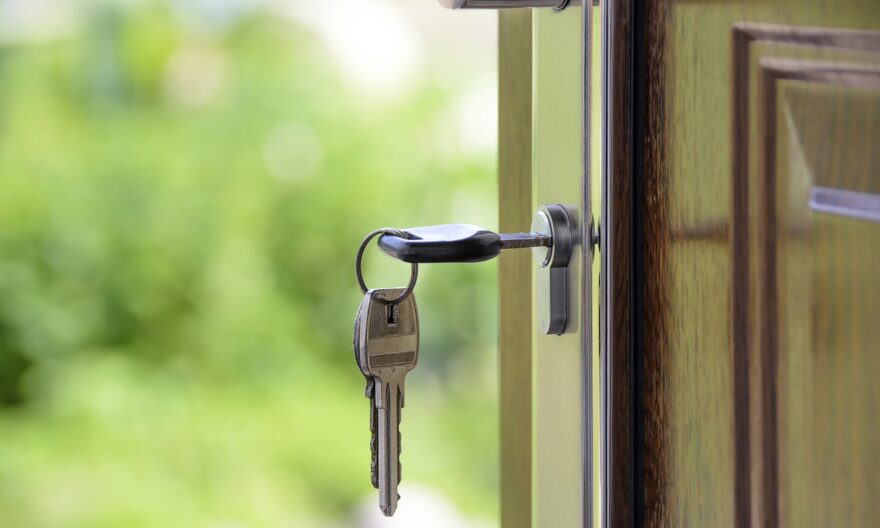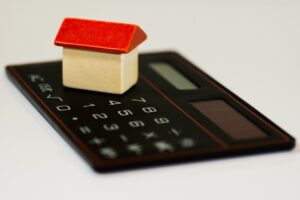
After rising to nearly 8% in October, mortgage rates are now declining. Over the past fortnight, the 30-year fixed-rate mortgage rate reached 7.03%. Rates fell by 69 basis points since reaching the October peak, which is the fastest decline since the 2008 housing market crash.
This leads to the question, what is the threshold at which affordability improves? According to some experts, buyers might consider re-entering the market if rates continue to decline.
Additionally, they point out that current rates haven’t deterred buyers as much as was expected, as many are finding ways to navigate the market. Some buyers, for instance, are accepting high-interest mortgages with plans to refinance when rates decrease.
Others are taking other steps to make buying a home more affordable, such as buying down to reduce upfront costs, buying a property at auction, or looking for properties that need improvements. These options can save money, but they come with additional risks and can mean more work in the long run.
Despite these challenges, there’s still demand and If rates continue to drop, it could mean a surge in home-buying activity. Looking ahead, many buyers hope that rates fall to the 6% range.
Even with mortgage rates at 8%, the National Association of Realtors (NAR) reports a median home price of $391,800 in October, reflecting a 3.4% increase from the same month in 2022. Despite a slight uptick in housing inventory at the end of October, totaling 1.15 million units, this figure remains down 5.7% from the previous year.
Sam Khater, Freddie Mac’s chief economist said: “The 30-year fixed-rate mortgage averaged nearly 7% last week, down from nearly 7.80 percent just six weeks ago. When rates began to rapidly drop, purchase applications rebounded initially, but this improvement in demand diminished in the last week. Although these lower rates remain a welcome relief, it is clear they will have to further drop to more consistently reinvigorate demand.”



